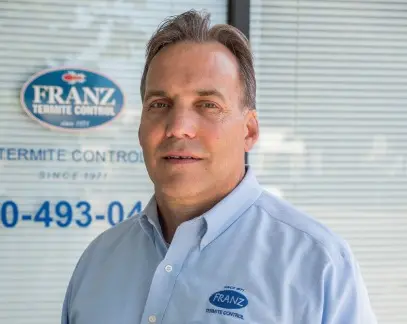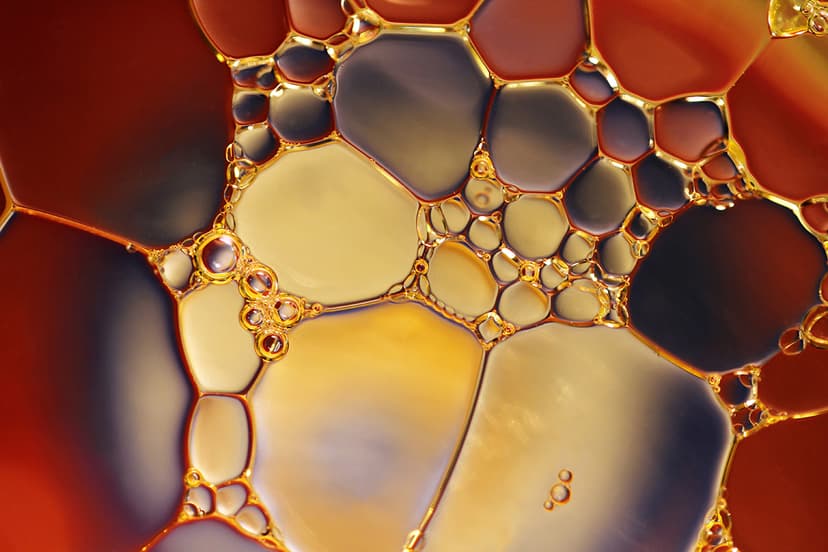When to Fumigate

To Tent Or Not To Tent: When Is Fumigation Necessary?
Millions of homeowners battle termite infestations every year, and many of their homes are tented and treated by whole-structure fumigation with Vikane gas fumigant.
In order to advise you as to what is best in your case we would have to perform a limited termite inspection of your home. If you have not had a complete inspection in a few years a full termite inspection is advised.
Which treatment is appropriate for your home will depend on the extent of the infestation and the location of the infested areas. If your house has only one or two areas of visible infestation that are accessible for termite treatment then local treatment may be appropriate. If there are multiple areas where infestation has been noted or infestation is located in areas where access for local treatment is difficult or impossible, then it is time to consider fumigation.
Termite Treatment: Fumigation vs. Spot Treatment
Franz Termite Control offers both fumigation and limited localized injection treatment. We can price both options and advise you on which might be best for your house, but when all is said, you will make the final decision on what you’d like us to do.
Differences Between Fumigation and Local Treatment
Many question the advantages and disadvantages about localized treatment versus termite fumigation (tenting). The big difference between the two treatments is the completeness of the treatment.
Fumigation is a whole house treatment and will eradicate ALL drywood termite infestations including hidden infestations and infestations extending into inaccessible areas in the entire house.
Local treatment will only be effective in the specific area(s) treated and may only control or diminish infestations as opposed to complete eradication. Also, local treatment is only applied to visible and accessible areas of infestation.
Some of the other differences between the two treatments that may affect which treatment you chose are price, work required to prepare for fumigation, and the need to vacate the building for fumigation.
The Fumigation Process
The fumigation process usually takes approximately 24 to 48 hours. Our professional fumigator tents your home with large tarps, prepares the interior, seals the tarps, and releases a warning agent (chloropicrin) into the structure. Then, your fumigator introduces Vikane through a special hose attached to a fumigant cylinder located outside your home.
Contained in the structure for a predetermined time, the fumigant penetrates deep into wood to eliminate drywood termites. After the fumigation is complete, your fumigator aerates and certifies the fumigant from your home, allowing you and your family to re-enter.
Tented Home for Fumigation
Fumigation Advantages: This offers complete treatment and complete eradication of Drywood termites in the entire structure, no residue left after treatment and longer warranty (3 years / entire structure).
Fumigation Disadvantages: Often (but not always) fumigation is more costly. Depending on the structure, there may be significant preparation work needed (food removal trim plants, etc), and the structure needs to be vacated for two nights.
Local Treatment Advantages: Local treatment is usually less expensive, you don’t need to move out, and minimal preparation work is required.
Local Treatment Disadvantages: This is only effective in the immediate area treated, and it usually does not provide complete eradication of Drywood termite colonies. Termites may often show up again in areas adjacent to previous treatment area. Only a limited warranty (1 year / specific area treated only) is available
More Blog Posts
What about Orange Oil?
One of the most common questions our customers ask is about orange oil treatment for termites. Orange oil treatment has been heavily marketed by a few companies for about the last 10 years or so. Some of the claims made have stretched the effectiveness of the orange oil product.
Fumigation Preparation
Preparation often includes the following: trim plants, trees, hedges, ground cover, and other growth 12 inches away from building; remove all potted and indoor plants including any plants under the roof overhang and patio cover; remove TV antennas; detach drain pipes and fences; remove any loose ground cover (bark, gravel, ivy, etc).



